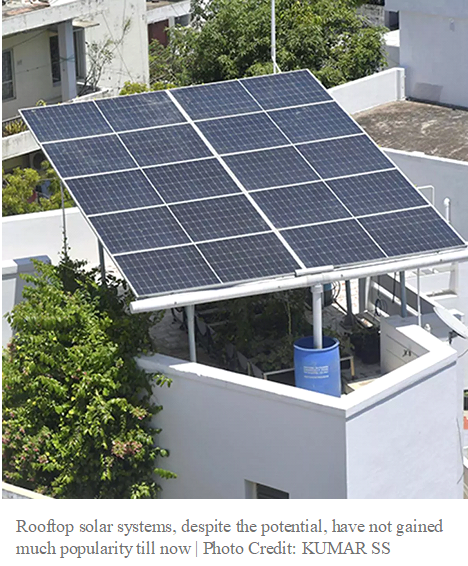A boost for green power
10 Feb 2024
Opinion: Chetna Choudhuri and Sanjib Pohit.
The interim Budget 2024-25 has emphasised on efforts to achieve net-zero emission by 2070. The proposed expenditure for the New and Renewable Energy Ministry has increased significantly — from ₹17,729.46 crore in Budget 2023-24 to ₹26,376 crore in Budget 2024-25.
The major increase is for the Solar Power (Grid) scheme, from ₹4,970 crore in 2023-24 to ₹8,500.35 crore in 2024-25. Additionally, there is an increase for the National Green Hydrogen Mission (from ₹297 crore to ₹600 crore), Bio Energy Programme (allocation of ₹300 crore in 2024-25), and hydropower (grid) (₹31 crore to ₹51 crore).
The Central Government has proposed a number of measures to promote green energy, these include: viability gap funding for harnessing offshore wind energy potential for initial capacity of one giga-watt; establishment of coal gasification and liquefaction capacity of 100 mt by 2030; promotion of phased mandatory blending of compressed biogas (CBG) in compressed natural gas (CNG) for transport and piped natural gas (PNG) for domestic purposes; and provision of financial assistance for procurement of biomass aggregation machinery to support collection.
Rooftop solar
Another thrust area is rooftop solarisation, under which one crore households are expected to obtain up to 300 units of free electricity every month. This scheme not only is expected to generate savings on electricity, but also provide additional income to the households by selling the surplus power to distribution companies and provide entrepreneurship and employment opportunity to youth for manufacturing, supply and installation.
Rooftop solar systems, despite the potential, have not gained much popularity till now. According to Ministry of New and Renewable Energy estimates, the total installed capacity of solar power is 73.32 GW (17.12 per cent of total installed capacity of power generation), of which installed capacity of ground mounted solar plant is 56.92 GW, grid connected solar rooftop 11.08 GW, hybrid projects (solar component) 2.57 GW and off-grid solar: 2.75 GW.
Despite installed capacity, solar power generates only 6.43 per cent of total electricity.
Rooftop solar faces the challenges of lack of awareness, high cost of installation along with lack of access to finance, unwillingness of Discoms driven by frequent changes in policies, lack of support from the regulatory framework, lack of State-level policy support, and inconsistencies related to net metering and gross metering.
The system of net metering lets consumers sell excess electricity generated from solar rooftops to Discoms.
But presently, the limit on how much they can sell back is low, causing hindrances to adopting the system.
Rules relating to obtaining statutory approval for installation of the system vary across States. India’s solar power manufacturing is not yet developed and it is mainly dependent on imported equipment from China. This further leads to high cost of installation, for which it is difficult to get credit for consumers with lower credit credentials.
It is important to structure the existing regulatory system and revision of net metering system to attract new consumers and benefit the existing ones. Increasing awareness and provision of easy loans for installation is also required to strengthen the system.
To develop a viable market for rooftop solar system, Central and State governments need to come up with innovative solutions like installation of rooftop solar plants in government office buildings, removal of regulatory barriers of grid-connected solar systems, carbon credits for industries adopting rooftop solar, region-wise solution of problems to attract Discoms, and skilling youth to encourage local manufacturing and installation.
The writers are Fellow and Professor at NCAER. Views are personal
Published in: The Hindu Business Line, 10 Feb 2024






